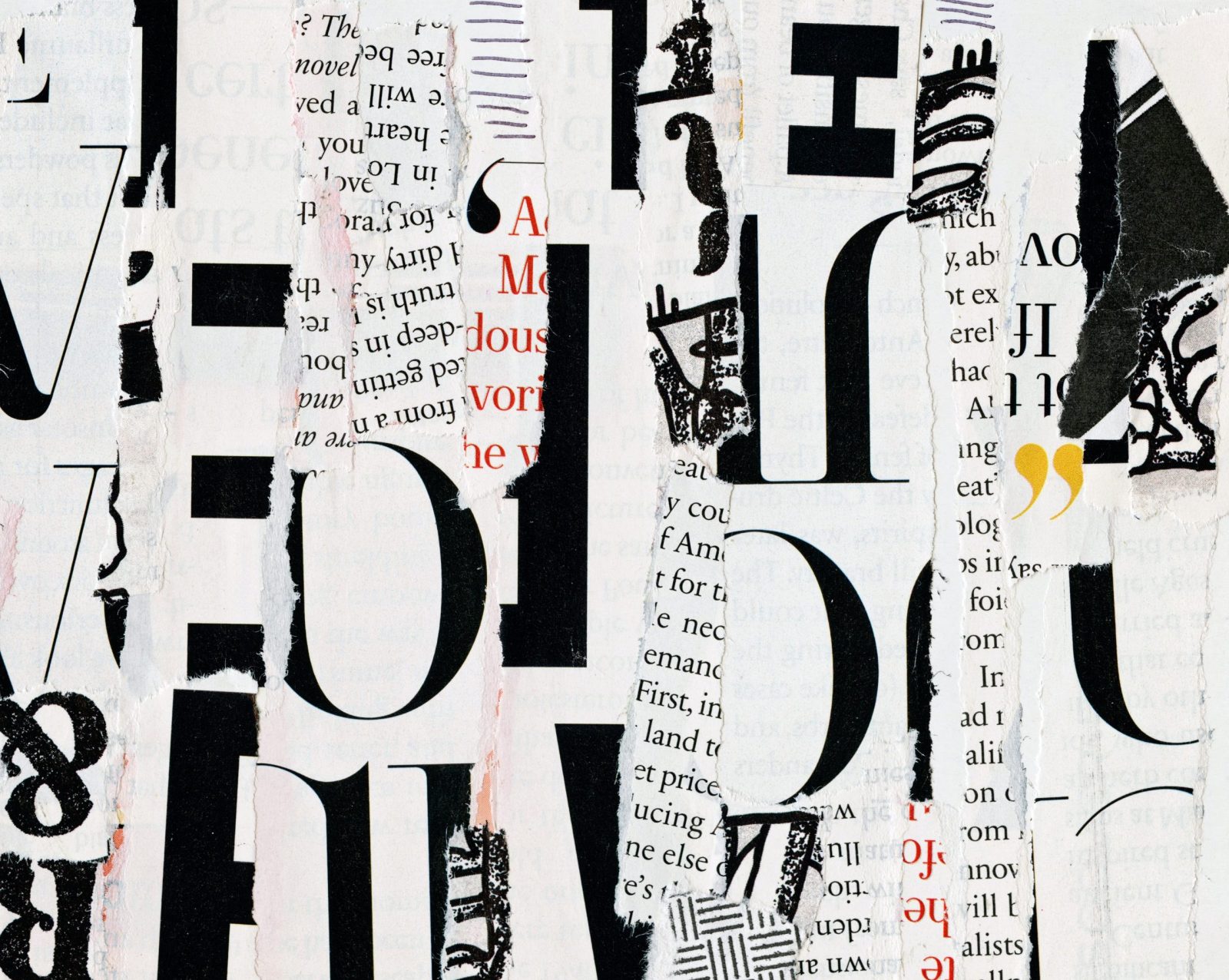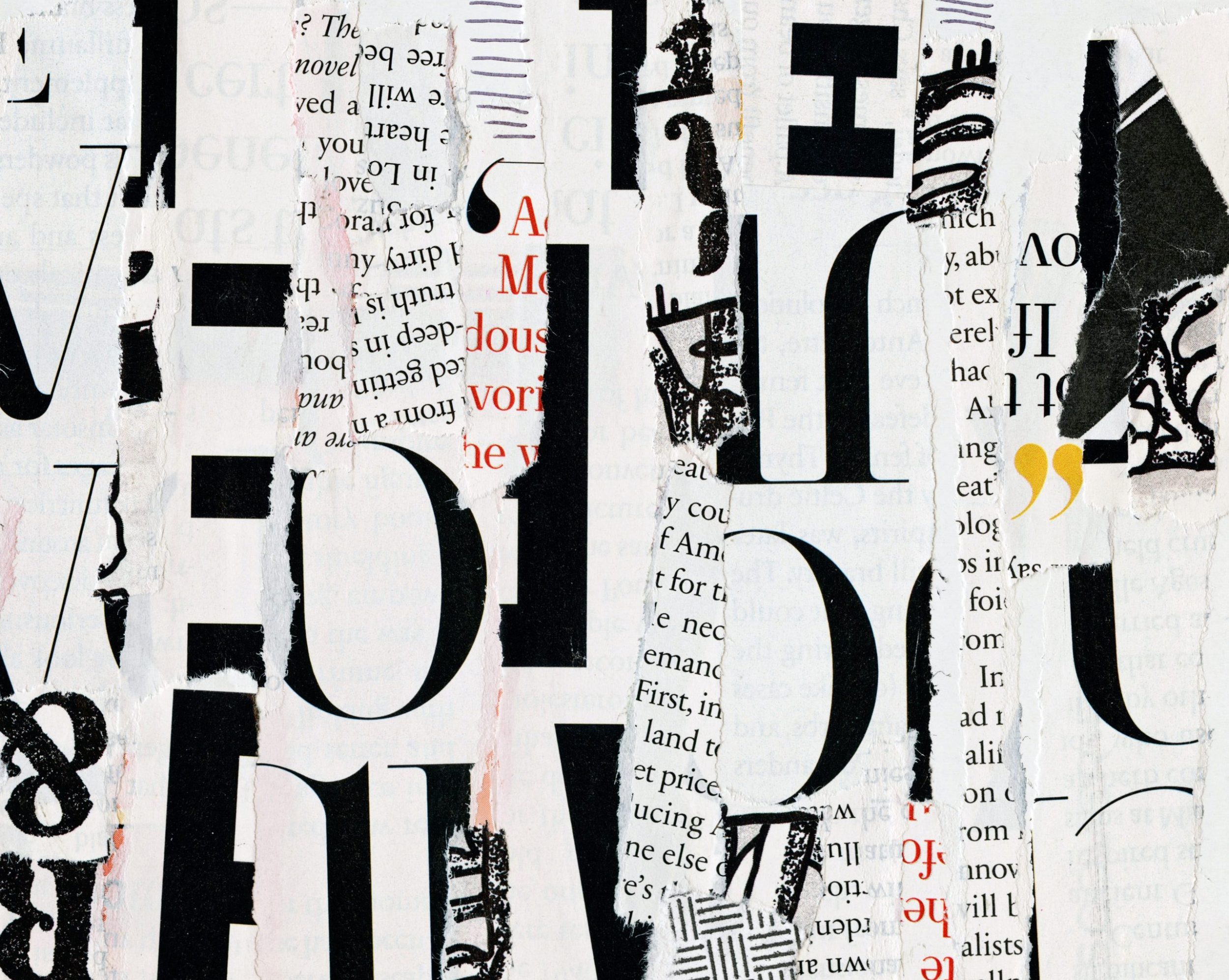I’d just sent a report I wrote on prison censorship out for peer review when, scrolling through Instagram two days later, I saw a post from Inside Books, a longstanding, Austin-based prison book program that provides reading materials to incarcerated people. Though deflating, its contents were not surprising.
The Texas Department of Criminal Justice had quietly implemented an approved vendor policy without advance notice, debate, or a legislative proposal. This meant that books could now be sent only from certain official entities—mainly big retailers such as Amazon and Barnes & Noble. Books sent directly from family, for example, would be rejected.
Approved vendor policies like this have been proliferating in recent years. The number of carceral facilities nationwide that limit literature to certain vendors rose from roughly 30 percent in 2015 to 80 percent in 2023.

This essay is from
#Freethebooks
A collaboration with PEN America, aimed at the plight of carceral censorship and how people in prison are harmed by it.
State departments of correction and the federal Bureau of Prisons (BOP) don’t have to have public conversations to implement policy. Regulations are made internally and implemented as policy decisions by administrators. While local news sometimes picks up these stories, garnering wider attention, most prison policies are enacted without public awareness or much concern.
In this partnership between PEN America’s Freewrite Project and Inquest, we share three essays from incarcerated people in which they describe the lived experience of censorship—the stultifying, invasive, and at times even dangerous effect that it has. This collaboration coincides with PEN America’s Prison Banned Book Week and the upcoming release of a major new report on the current state of prison censorship, “Reading Between the Bars,” to be released next week (on October 24).
Censorship in U.S. prisons has quietly become shockingly pervasive.
Recent reporting by PEN America has documented 1,557 unique titles banned during 2022–23 in public school libraries or classrooms nationwide. Though shocking, this number is dwarfed by the number of titles banned in prisons: 22,825 in Florida, 10,265 in Texas, 7,699 in Kansas, 7,204 in Virginia, 5,356 in New York. Only 28 states keep lists of titles that they ban, despite the fact that all states, the District of Columbia, and the federal BOP ban literature. So the true number of specific titles that are banned is ultimately unknowable, but certainly huge.
This only scratches the surface of prison censorship, however.
More from our decarceral brainstorm
Every week, Inquest aims to bring you insights from people thinking through and working for a world without mass incarceration.
Sign up for our newsletter for the latest.
Newsletter
People tend to think that content-based censorship—like banning specific titles—is as bad as censorship gets. The Supreme Court has historically agreed that the clear bias at play in this sort of censorship makes it especially pernicious. But content-neutral censorship, such as only permitting certain vendors to supply books, is a rapidly growing form of prison censorship that is underappreciated and has wide consequences.
Content-neutral censorship can restrict who can mail literature, or who can receive it, or how the package has to look. Federal facilities, for example, require all literature to be mailed in white paper with no mailing labels. Or policies can prohibit all hardcover books, or limit the number of images that can be included in a text, or require invoices, or prohibit the package from including any other correspondence. These kinds of restrictions can result in even the most innocuous texts being blocked, such as dictionaries, simply because the circumstances of their arrival do not adhere to an entirely arbitrary set of restrictions.
It is currently unknown how much literature is denied incarcerated people through content-neutral processes because carceral authorities largely don’t keep track. We know from limited data and anecdotal evidence that it is extensive and widespread.
In his contribution to this collaboration, Dylan Jeffrey writes affectingly about the exasperation provoked by the Kafkaesque censorship regime in place at the for-profit prison where he is held. Similarly, another contributor, K Robert Schaeffer (publishing this Thursday), describes Pennsylvania’s implementation of a central processing center for books, another content-neutral control mechanism for literature which results in extensive delays, destruction of materials, misplaced literature, and lack of accountability, since DOC authorities claim to have no jurisdiction or knowledge of the processes in the central facility. Of course, content-based censorship remains widespread and deleterious: series contributor Kwaneta Harris (also publishing this Thursday) describes how prison officials blocked access to life-saving information about women’s health, largely on the basis of specious claims that the texts were pornographic.
Prison censorship policies are justified variously as being necessary for maintaining prison order, or to prevent contraband from being smuggled into prisons through the mail. In the case of the latter rationale, available evidence suggests that such policies have no effect on illegal substances getting inside. In fact, after five years of digitizing mail, Pennsylvania DOC’s positive drug test rate among incarcerated people is 2.7 times higher than prior to the policy’s implementation.
Only a few organizations have fought these policies in the courts. For example, the Human Rights Defense Center (HRDC), based in Florida, filed a motion for preliminary injunction against the Indiana Department of Corrections (INDOC) in 2020 for its approved vendor policy, which limited literature purchases to only two distributors: Amazon and Edward R. Hamilton. HRDC’s motion argued that the approved vendor policy prohibited the distribution of its newspaper, Prison Legal News. As such, the nonprofit argued the approved vendor policy represented an unnecessary infringement of the First Amendment with no legitimate penological objective—an essential point since the limitation of First Amendment rights in carceral settings is legal as long as it is in the interests of carceral authorities’ goals under the so-called Turner Test.
In response to this brief, the U.S. District Court for the Southern District of Indiana granted HRDC a preliminary injunction that prevented Indiana’s DOC from rejecting Prison Legal News while the case was being heard. The case resulted in a settlement from the INDOC in which HRDC was compensated for legal fees and the mailing and printing costs associated with the censorship. Additionally, INDOC was required to only censor according to the Turner Test.
But burdening publishers and distributors with taking legal action in order to secure their First and Fourteenth Amendment rights is not a viable strategy for ensuring free access to information and literature. This is why PEN America is calling for an end to carceral censorship, both content-based and content-neutral. Censorship should not be the mechanism by which prisons ensure security or any other goal they purport to have.
PEN America is offering concrete ways to enact this lift of censorship this Prison Banned Book Week. You can send an email to federal and state representatives and take other actions to support the end to carceral censorship on PEN’s website.
Click here to read the next installment in this collaboration with PEN America, incarcerated writer Dylan Jeffrey’s essay “The Surreal Prison Censorship Regime.”
Image: Heather Green/Unsplash

